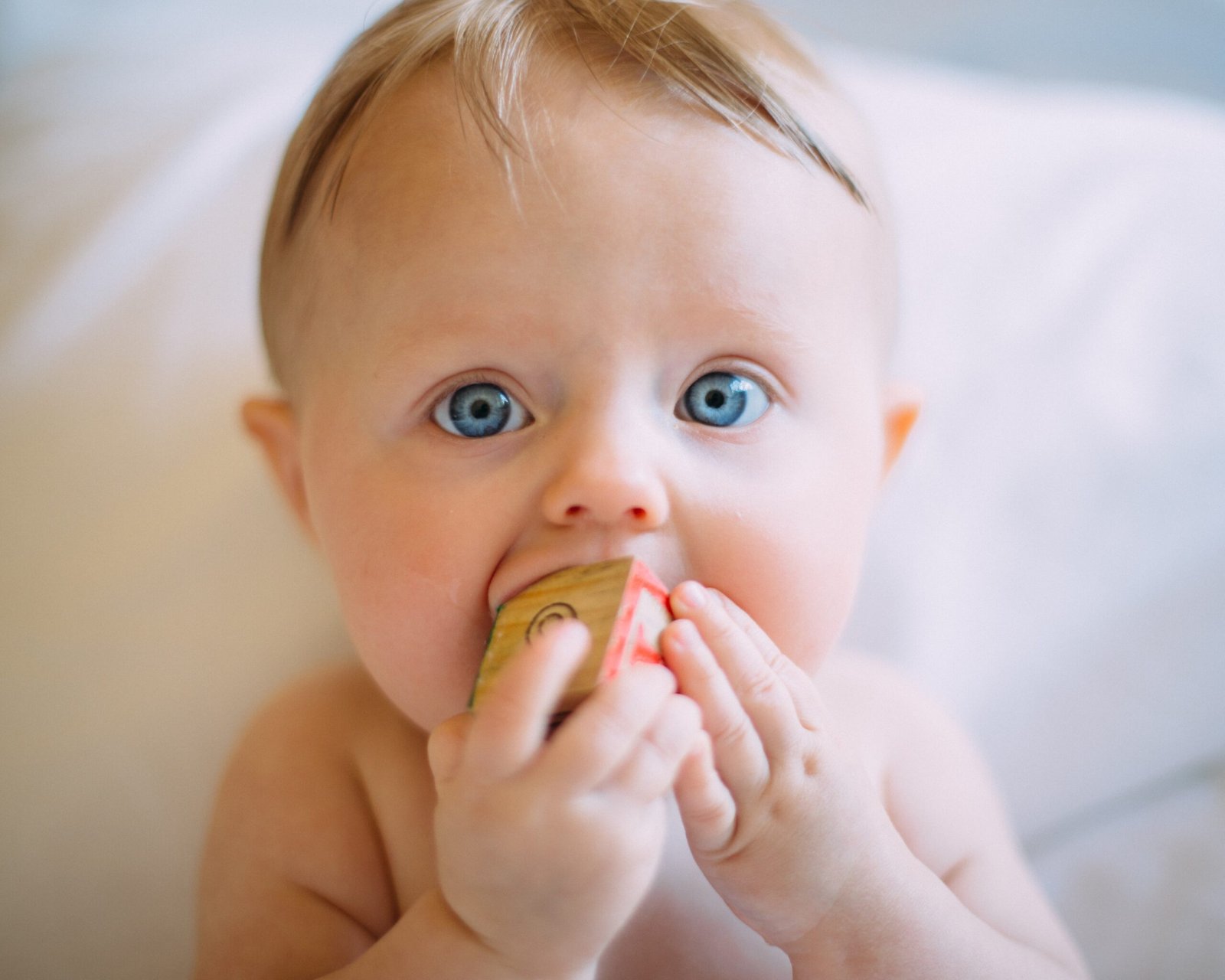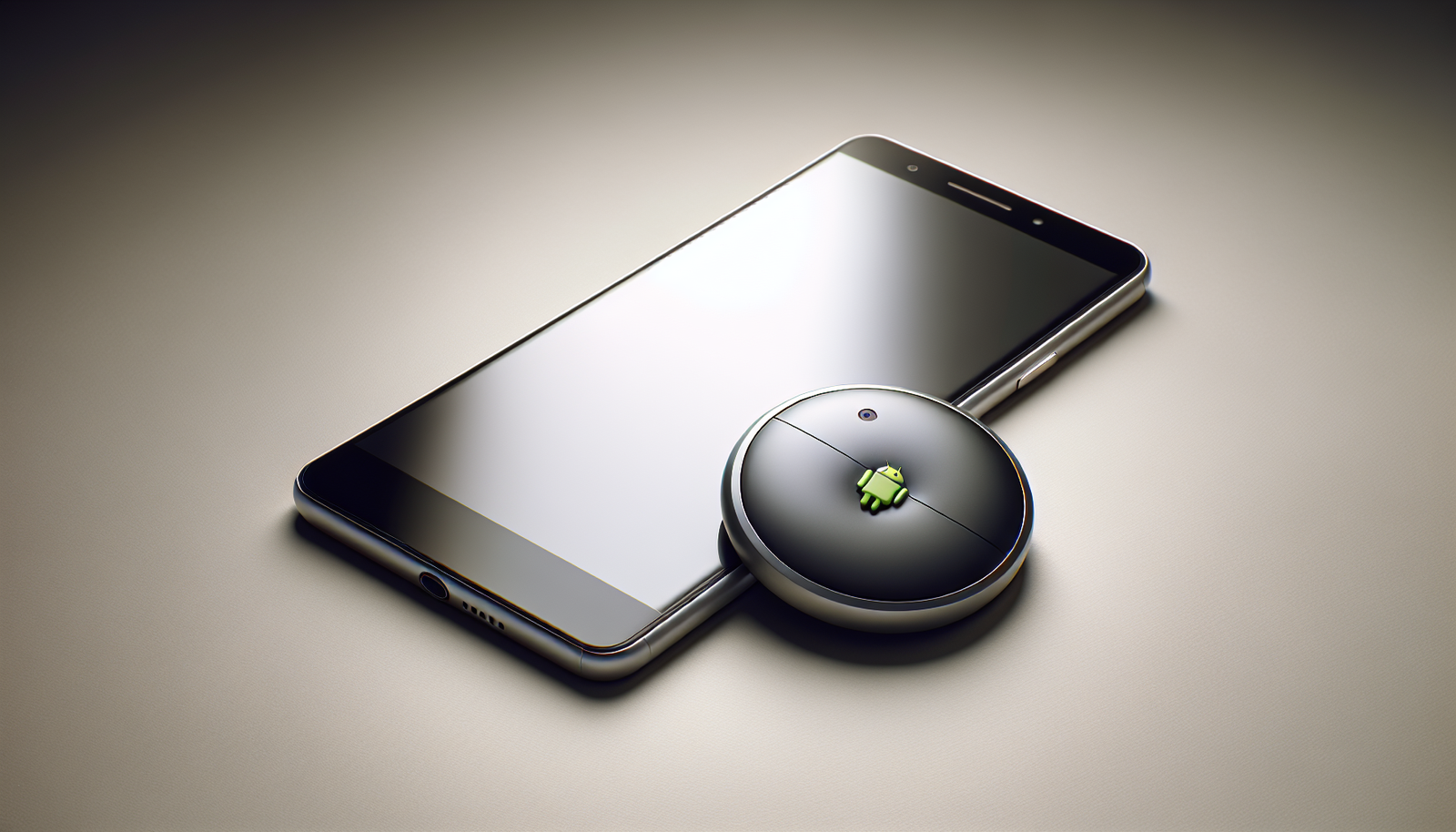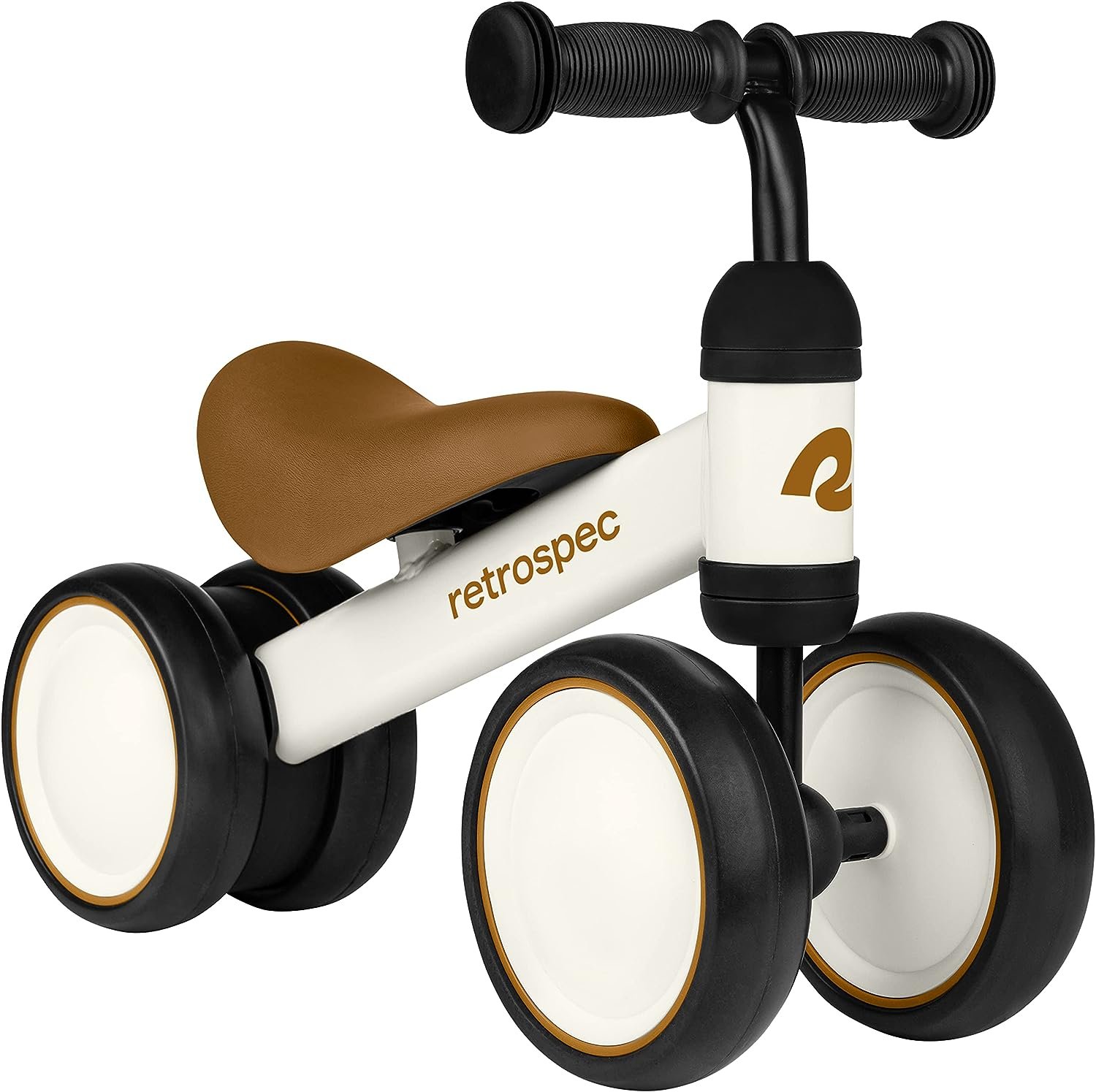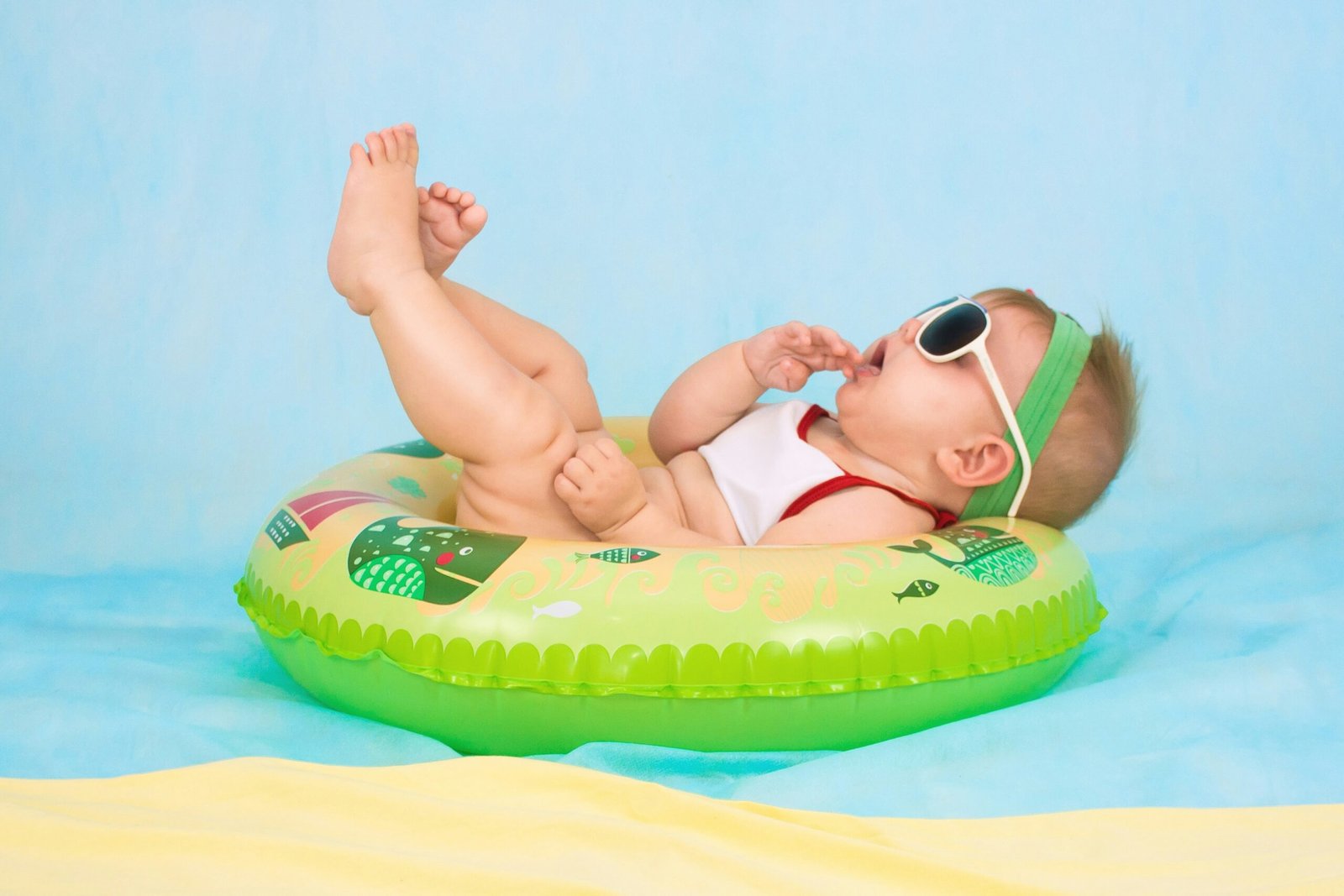“10 Good Toys for Young Children That Match Their Stages of Development” is an informative article that emphasizes the importance of choosing toys that align with a child’s stage of development and emerging abilities. The article highlights various age groups, starting from young infants and progressing up to preschoolers and kindergartners, offering specific examples of appropriate toys for each stage. By providing examples such as rattles, teething toys, and textured balls for young infants, and toys for problem-solving, building, and creative play for older children, the article aims to help parents and caregivers make informed choices when it comes to providing engaging and developmentally appropriate toys. Additionally, the article emphasizes the importance of safety considerations, such as avoiding small parts and checking for recalls. With its practical advice and focus on age-appropriate toy selection, this article serves as a valuable resource for parents seeking to nurture their child’s growth and development through play.
Toys for Young Infants (Birth through 6 Months)
Toys for young infants are designed to stimulate their senses and promote their early development. These toys should be safe, colorful, and engaging to capture the attention of babies as young as birth through 6 months old. Here are some recommended toys for this age group:
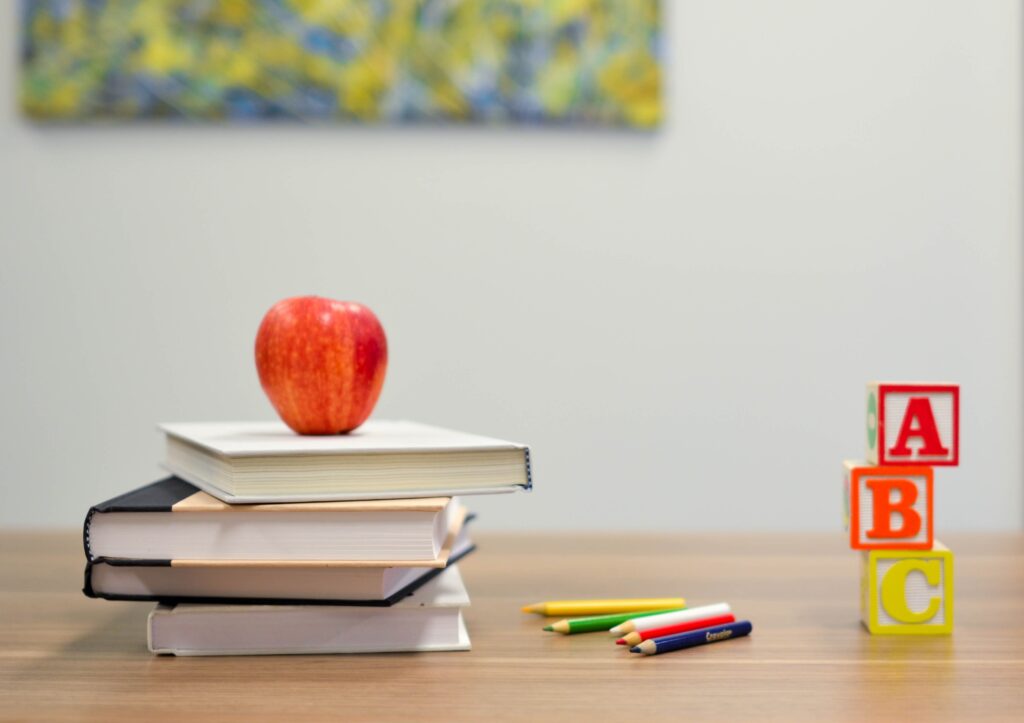
Rattles
Rattles are one of the most popular toys for young infants. These simple instruments produce a pleasing sound when shaken, capturing the baby’s attention and encouraging them to explore cause and effect. Rattles also help develop the baby’s hand-eye coordination and fine motor skills as they learn to grasp and shake the toy.
Teething Toys
During the first few months of life, babies begin to teethe, which can cause discomfort and irritability. Teething toys are specifically designed to soothe their gums and provide relief. These toys are usually made of soft, chewable materials and may have various textures to massage the baby’s gums. Teething toys can also help stimulate the baby’s oral motor skills.
Textured Balls
Textured balls are visually stimulating and provide a tactile experience for young infants. The different textures on the surface of the balls help in the development of the baby’s sense of touch. These balls are soft and safe for the baby to handle, encouraging them to hold, roll, and explore.
Toys for Older Infants (7 to 12 Months)
As babies grow older, their motor skills and cognitive abilities begin to develop further. Toys for older infants are designed to engage their emerging skills and promote their learning. Here are some suitable toys for infants between 7 to 12 months old:
Toys to Drop and Take Out
At this stage, babies begin to understand object permanence and enjoy activities that involve hiding and revealing objects. Toys that allow babies to drop objects into containers or take them out can be highly entertaining and educational. These toys help develop their hand-eye coordination, fine motor skills, and understanding of cause and effect.
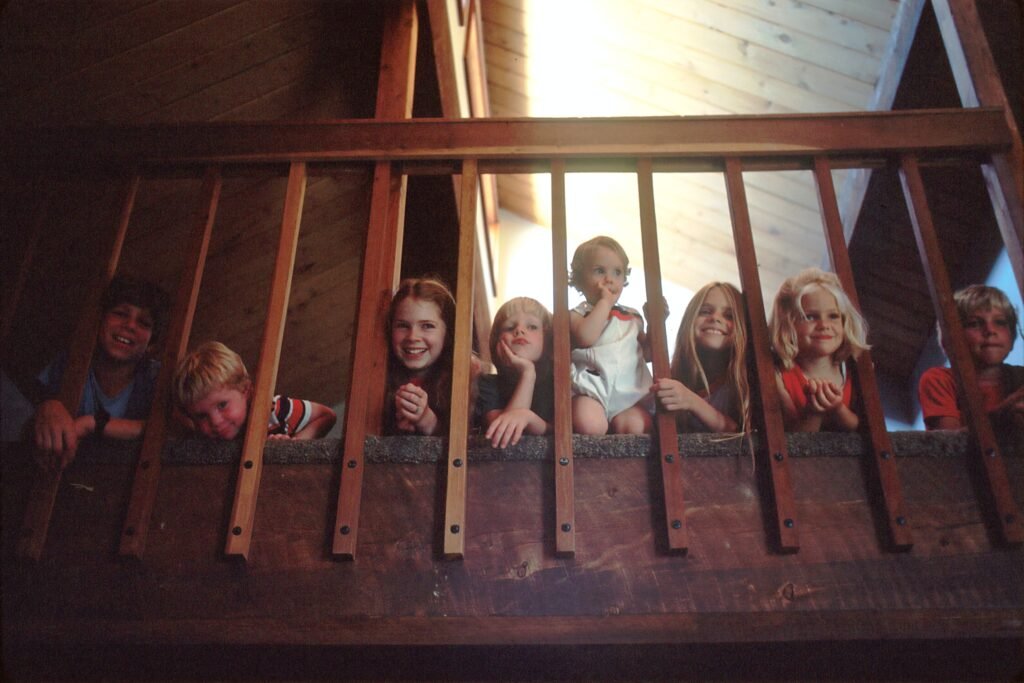
Things to Build With
Babies at this age are starting to explore the concept of building and stacking objects. Toys that can be easily stacked, linked, or nested are ideal for supporting their cognitive development. Building toys also enhance their problem-solving skills and spatial awareness. Simple blocks or stacking rings are great examples of toys for building and stacking.
Toys for 1-Year-Olds
As babies transition into toddlers, their curiosity and exploration expand. Toys for 1-year-olds should encourage their growing independence and creativity. Here are some recommended toys for this age group:
Board Books
Board books are designed to withstand the rough handling of toddlers while introducing them to the joys of reading. These books typically feature simple stories, colorful illustrations, and interactive elements such as flaps or textures. Board books help develop a love for reading and language skills at an early age.

Recordings with Songs
1-year-olds are fascinated by music and enjoy repetitive sounds. Recordings with songs, nursery rhymes, or simple tunes provide auditory stimulation and encourage language development. These recordings often come with interactive features that allow toddlers to sing along and participate actively.
Things to Create With
Toddlers love to express their creativity and imagination. Toys that enable them to create and explore their artistic side are perfect for this age group. Art supplies such as finger paints, large crayons, and washable markers are safe choices for 1-year-olds. Construction toys like large building blocks or modeling clay also promote their fine motor skills and hand-eye coordination.
Toys for 2-Year-Olds (Toddlers)
As toddlers approach the age of 2, their cognitive, social, and emotional development continues to progress rapidly. Toys for 2-year-olds should provide opportunities for problem-solving, imaginative play, and creative expression. Here are some recommended toys for this age group:
Things for Solving Problems
Toddlers enjoy experimenting and figuring out how things work. Toys that require problem-solving, such as shape sorters or puzzles, are excellent choices. These toys enhance their logical thinking skills, hand-eye coordination, and cognitive abilities. Look for puzzles with large, chunky pieces and bright colors to capture their interest.
Things for Pretending and Building
2-year-olds love to engage in imaginative play, pretending to be different characters or imitating real-world situations. Toys that encourage pretend play, such as play kitchen sets, miniature cars, or dollhouses, provide endless opportunities for creativity and social interaction. Building sets like LEGO DUPLO or magnetic tiles also allow toddlers to explore their building skills and spatial awareness.
Things to Create With
Artistic expression continues to be important for 2-year-olds. Toys that involve creating and crafting, such as washable markers, playdough, or sticker sets, nurture their fine motor skills and imagination. Look for age-appropriate art supplies that are safe and non-toxic, allowing toddlers to experiment and explore their creativity freely.
Toys for 3 to 6-Year-Olds (Preschoolers and Kindergartners)
Preschoolers and kindergartners are eager learners and require toys that support their continued growth and development. Toys for this age group should promote problem-solving, imaginative play, and creativity. Here are some recommended toys for 3 to 6-year-olds:
Things for Solving Problems
Preschoolers and kindergartners enjoy challenging themselves and solving puzzles or brain teasers. Toys that require problem-solving skills, such as building sets with more complex structures or memory games, help develop their critical thinking abilities and reasoning skills. Look for toys that offer varying levels of difficulty to suit their growing capabilities.
Things for Pretending and Building
Imaginative play remains crucial for preschoolers and kindergartners. Toys that allow them to create their imaginary worlds, such as dress-up costumes, dollhouses with accessories, or construction sets, foster their creativity and social skills. Role-playing and pretend play also enhance their language development and emotional intelligence.
Things to Create With
Artistic expression continues to be an important aspect of a child’s development. Toys that encourage creativity, such as craft kits, modeling clay, or building blocks, provide opportunities for self-expression and fine motor skill refinement. Look for art supplies and craft kits that offer a wide range of options, enabling children to explore different mediums and techniques.
Importance of Safety When Choosing Toys
When selecting toys for young children, safety should always be a top priority. Here are some important considerations to keep in mind:
Checking for Small Parts
Young children are naturally curious and tend to put objects in their mouths. It is essential to choose toys that do not have small parts that can pose a choking hazard. Always check the manufacturer’s age recommendation and inspect the toy for any loose or detachable parts. Be cautious with toys that have small buttons, beads, or other tiny components.
Checking for Recalls
Before purchasing a toy, it is wise to check for any recalls. Manufacturers occasionally recall toys due to safety concerns or defective parts. Check the Consumer Product Safety Commission (CPSC) website or other reputable sources for any recent toy recalls. By staying informed, you can ensure the toys you choose meet the highest safety standards.
In conclusion, selecting appropriate toys for children at different developmental stages is crucial for their overall growth and learning. From rattles and teething toys for young infants to problem-solving toys and creative outlets for older children, the right toys can enhance their cognitive, motor, and social skills. Safety should always be a consideration, with careful attention given to small parts and any recall notices. By choosing toys that align with a child’s development and prioritizing their safety, parents and caregivers can provide a nurturing and engaging play environment for their young ones.



